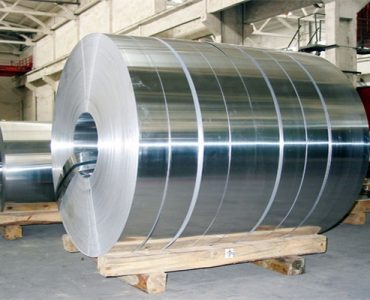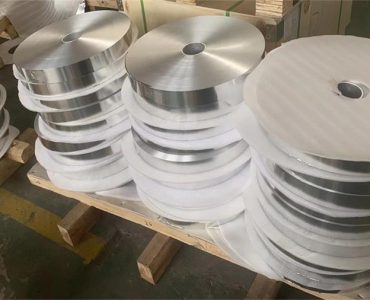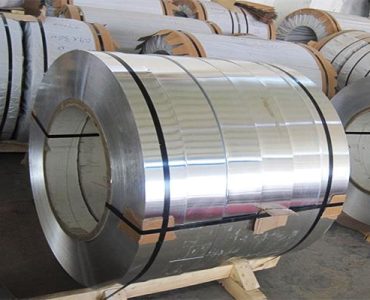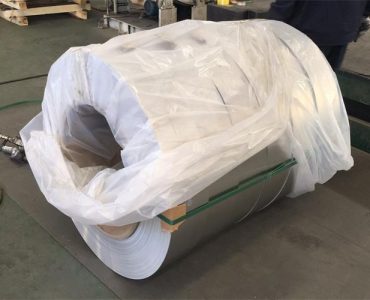Introduction:
In the intricate world of transformers, the selection of materials can significantly impact performance, efficiency, and cost. Among the crucial choices is whether to use transformer aluminum strip or copper strip. This article delves into the distinctions between these two materials, shedding light on their unique attributes, advantages, and suitable applications.
1. Conductivity and Efficiency: Transformer Aluminum Strip:
Aluminum, recognized for its commendable electrical conductivity, is a popular choice for transformer applications. While it may not match the exceptional conductivity of copper, aluminum strip efficiently conducts electrical currents, making it suitable for various applications.
Copper Strip:
Copper stands as the gold standard for electrical conductivity. Its exceptional conductivity facilitates the seamless flow of electricity, reducing energy loss and contributing to enhanced overall efficiency in transformers.
2. Cost Considerations: Transformer Aluminum Strip:
Aluminum is notably more affordable than copper, making transformer aluminum strip an attractive option for cost-sensitive projects. Its cost-effectiveness is particularly advantageous for large-scale transformer manufacturing.
Copper Strip:
Copper’s superior electrical properties come with a higher price tag. While it offers unparalleled performance, the increased material cost may be a factor to consider in budget-conscious projects.
3. Corrosion Resistance: Transformer Aluminum Strip:
Aluminum boasts inherent corrosion resistance due to its natural oxide layer. This protective layer shields the metal from environmental elements, ensuring the longevity of the strip.
Copper Strip:
Copper, on the other hand, is susceptible to oxidation and corrosion. To enhance its resistance, additional coatings or treatments may be necessary, adding to the overall project cost.
4. Thermal Conductivity: Transformer Aluminum Strip:
Aluminum possesses good thermal conductivity, allowing for efficient heat dissipation. This attribute is vital in applications where managing heat buildup is essential.
Copper Strip:
Copper excels in thermal conductivity, outperforming aluminum in this regard. Its remarkable ability to transfer heat is advantageous in applications with stringent thermal requirements.
5. Weight Considerations: Transformer Aluminum Strip:
Aluminum’s lightweight nature contributes to reduced overall weight in transformer designs. This quality is advantageous in industries where weight reduction is a priority, such as aerospace and portable electronic devices.
Copper Strip:
Copper is denser and heavier than aluminum, which may impact designs where weight limitations are a concern.
Conclusion:
The choice between transformer aluminum strip and copper strip hinges on a comprehensive evaluation of project-specific needs. While copper offers unparalleled electrical conductivity and thermal performance, aluminum presents an economical solution with good conductivity and lightweight attributes. Budget, application demands, and environmental factors should guide the material selection process.
Both transformer aluminum strip and copper strip have distinct advantages, and understanding their differences empowers engineers and manufacturers to make informed decisions aligned with their project goals. Ultimately, the selection depends on striking the right balance between performance, cost-efficiency, and specific application requirements.
For a comprehensive range of top-quality transformer strips and materials, explore our offerings to meet your project needs.



